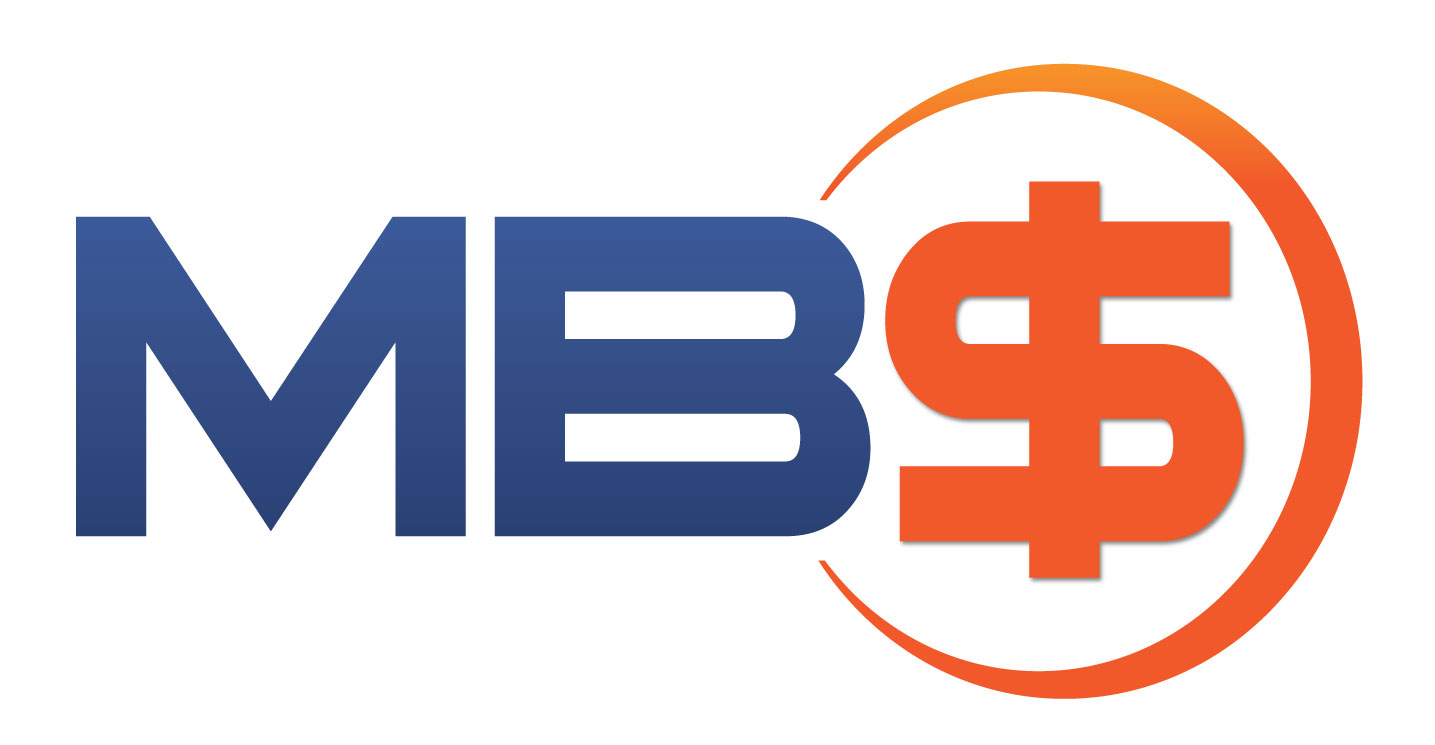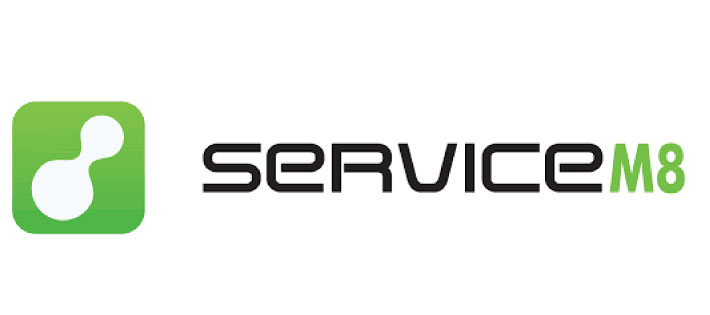
Start With The Basics, Know Your Financial Statements
Income Statement
If you want to get an overview of your business’ profit and loss, the income statement is going to be your guide. Your bookkeeper presents the losses, net profits and sales revenue for the current period. You will also get the details of your expenses from this statement. The net profit or net loss is taken from the difference between the income and the expenses. A net profit is always good news to business owners.
Cash Flow Statement
If you wish to find out about your asset’s movement over a period of time, the Cash Flow Statement will give you the details you need. The statement has several categories: financing, operating and investing activities. The financing activities have to do with generating or paying debt. The operating activities refer to the tasks your business performs on a regular basis including making a sale. The investing activities are the purchase and sale of assets and buying a new location is a perfect example.
Balance Sheets
The balance sheets are important to bookkeepers and business owners because this is where profit and loss are demonstrated. While the balance sheets do not necessarily reflect specific investments of business owners, it is a good way to determine the available money. The balance sheets can also be used for predicting which direction your business is heading. They are known as the building block of bookkeeping and accountants refer to this statement in creating or analysing data.
The Balance Sheets Have Three Elements:
• Assets refer to the business-controlled items. Cash and machinery are examples.
• Liabilities are the items that a company owes. Loans are an example of liabilities.
• Equity is the capital left after the assets have been utilised for paying off liabilities.
Bookkeepers and accountants also refer to these financial statements to provide recommendations. This way, a business owner will have an idea whether the business is still profitable. Business owners may sit down with the bookkeeper to discuss these financial statements.











